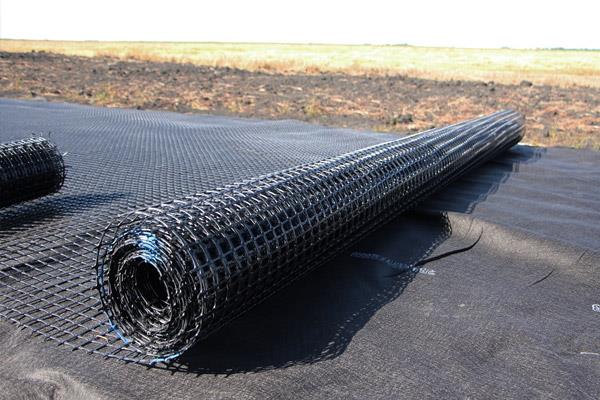In the realm of civil engineering and construction, the term “geogrid” has become increasingly prominent. These innovative materials are revolutionizing the way we approach soil stabilization, reinforcement, and overall infrastructure development. But what exactly are geogrids, and why are they so essential in today’s construction projects?

What Are Geogrids?
Geogrids are a type of geosynthetic material, typically made from polymeric materials such as polypropylene or polyester. They are characterized by their grid-like structure, which allows for the interlocking of soil particles, enhancing the load-bearing capacity of the ground. This unique design not only improves the stability of the soil but also helps in the distribution of loads over a larger area, making them an invaluable asset in various applications.
Applications of Geogrids
The versatility of geogrids is one of their most appealing features. They are widely used in:

Road Construction: Geogrids are often employed in the construction of roads and highways to prevent rutting and cracking. By reinforcing the subgrade, they help extend the lifespan of the pavement and reduce maintenance costs.
Retaining Walls: In the construction of retaining walls, geogrids provide additional support and stability. They help to distribute the weight of the soil behind the wall, reducing the risk of failure.
Landfills: Geogrids play a crucial role in landfill construction by providing stability to the waste layers. They help to manage the settlement of waste and prevent the collapse of the landfill structure.
Slope Stabilization: In areas prone to landslides or erosion, geogrids can be used to stabilize slopes. They help to hold the soil in place, reducing the risk of movement and ensuring the safety of the surrounding areas.
.jpg)
Benefits of Using Geogrids
The advantages of incorporating geogrids into construction projects are numerous:
Cost-Effectiveness: By improving soil stability and reducing the need for extensive excavation or additional materials, geogrids can significantly lower project costs.
Environmental Impact: Geogrids contribute to sustainable construction practices. Their use can minimize the amount of soil disturbance and reduce the carbon footprint associated with traditional construction methods.
Enhanced Performance: Structures reinforced with geogrids often exhibit improved performance under load, leading to longer-lasting infrastructure.
As the construction industry continues to evolve, the importance of innovative materials like geogrids cannot be overstated. Their ability to enhance soil stability, reduce costs, and promote sustainable practices makes them a vital component in modern civil engineering. Whether you are involved in road construction, landfill management, or slope stabilization, understanding and utilizing geogrids can lead to more efficient and effective project outcomes. Embrace the future of construction with geogrids and witness the transformation in your engineering projects.
Post time: Apr-17-2025